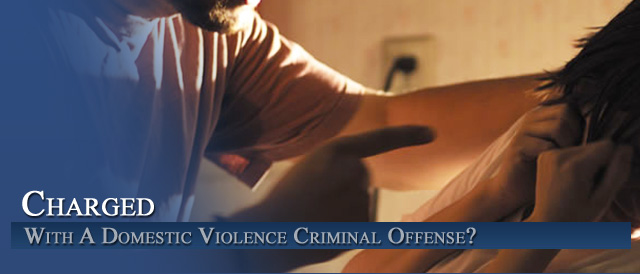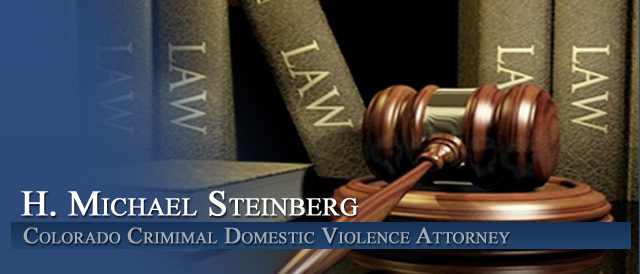




Colorado Domestic Violence Defense Ideas: What Legal Strategies Should My Attorney Consider To Defend Against The Restraining Order
Introduction – A fine organization know as STOP* (SAVE: Stop Abusive and Violent Environments) has an excellent web site that has a number of excellent ideas on how to defeat fraudulent accusations of domestic violence. Here is a re-analysis and summary of an excellent page addressing the abuse of restraining orders in domestic cases.
Domestic violence allegations and consequent criminal charges should be taken very seriously.
These are life changing allegations.
One strategy of the false accuser is the “offensive” use of a restraining order as “proof” that the accused is an abusive individual. In addition to criminal charges – this technique is often used in a subsequent child custody hearing.
Your legal defense strategy will depend on many factors, including:
• The relevant laws in your state. See my website on Colorado Restraining Orders
• How strong your case is – what type of evidence your accuser has, and what evidence you have to prove your innocence.
• How much time you have to prepare your defense.
•How judges in your area handle this type of case.
•Anticipated legal tactics of the accuser.
•How much money you can spend for legal expenses.
In responding to a restraining order many lawyers recommend the following steps:
1. Obtain a copy of the restraining order promptly.
2. Attack the issue of legal jurisdiction, if appropriate.
3. Move for a continuance (delay of hearing) if more time is needed.
4. Consider the possible harmful effects of a continuance on child visitation and custody issues.
5. Try to obtain a transcript of the hearing where the temporary restraining order was issued.
6. Obtain law enforcement records of the incident, including any documentation of visible injury.
7. Obtain a copy of the 911 call placed by the accuser, if available.
8. Subpoena persons who witnessed the alleged incident.
9. Consider the possible role of expert witnesses.
10. Before issuing a subpoena for child witnesses, consider the possible harm of such an action.
11. Obtain other relevant documents, including medical records.
12. F ile a motion for the court to not accept any documents not previously provided to your attorney.
13. Examine the accuser’s background for previous false allegations.
14. Ask the court to take note of the timing of the accuser’s allegation, coinciding with a broader custody or visitation dispute.
15. Identify times when the accuser attempted to meet with the accused while the restraining order was in effect – such actions reveal the accuser did not believe he or she was in any immediate danger.
16. Be aware how a restraining order can be used in a subsequent child custody determination, and may be used to impose supervised visitation.
17. Address the temporary restraining order with urgency.
For additional assistance on Colorado Criminal Law Legal Strategies – see my other website
*2012 SAVE: Stop Abusive and Violent Environments
Other Articles of Interest:
- Tactics and Strategies When You Are Accused of Domestic Violence in Colorado
- Domestic Violence Defense – How To Head Off A False Accusation Of Domestic Violence
- Questions and Answers About Violation of A Restraining Order in Colorado
- Colorado Domestic Violence Issues – The Initial Steps To Take In Dealing with a Restraining Order?
- Colorado Domestic Violence Restraining Orders – The Trick -Making Me Break the Restraining Order












